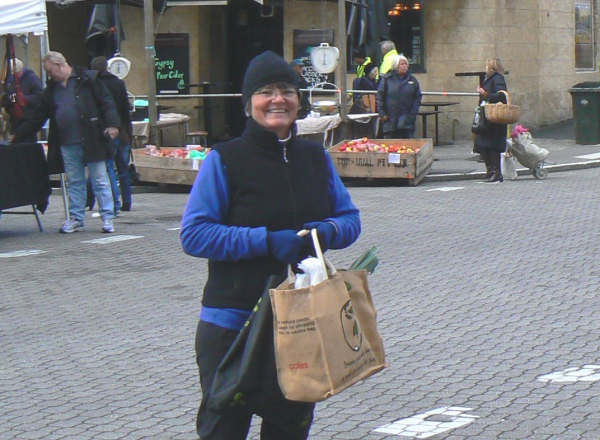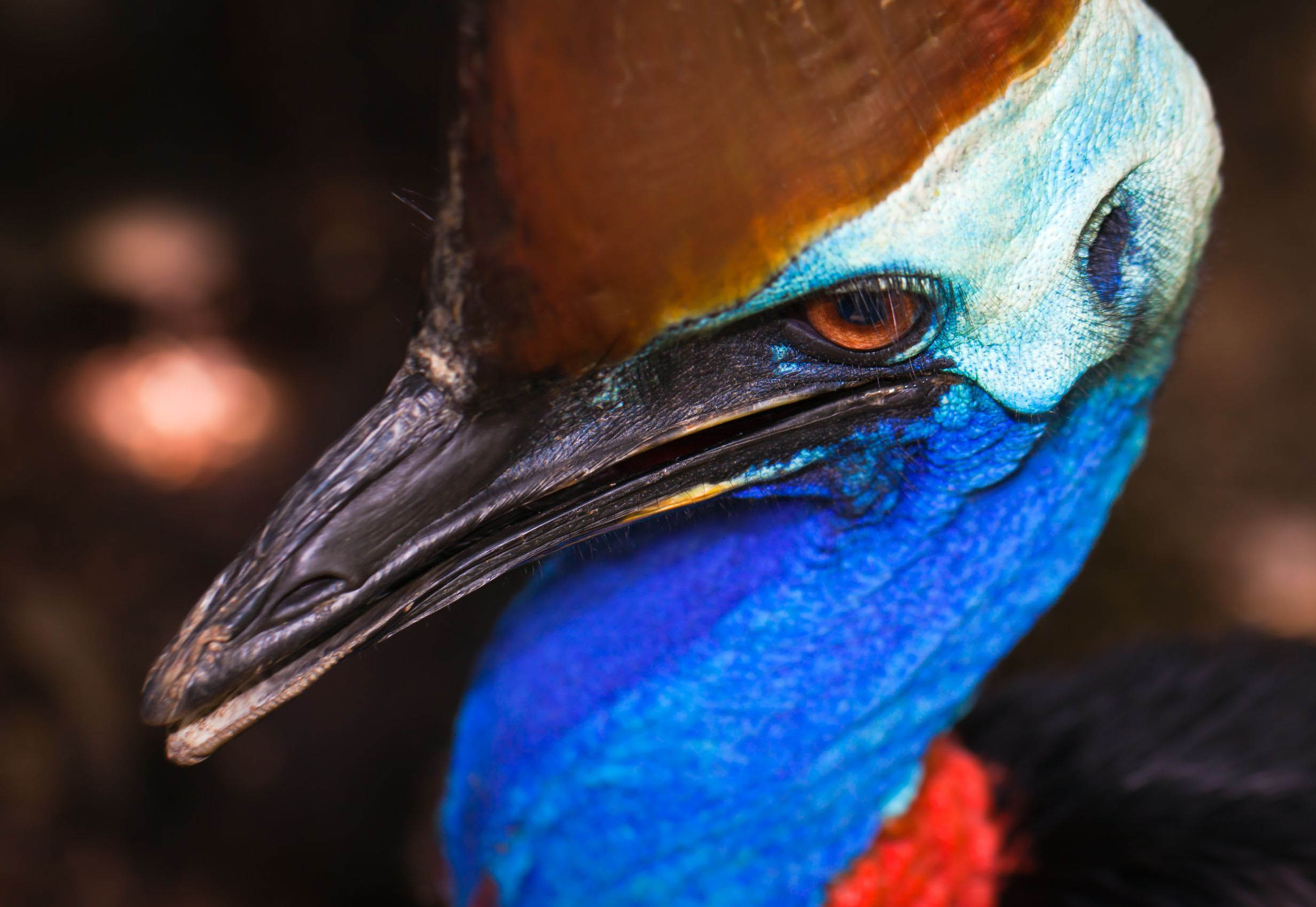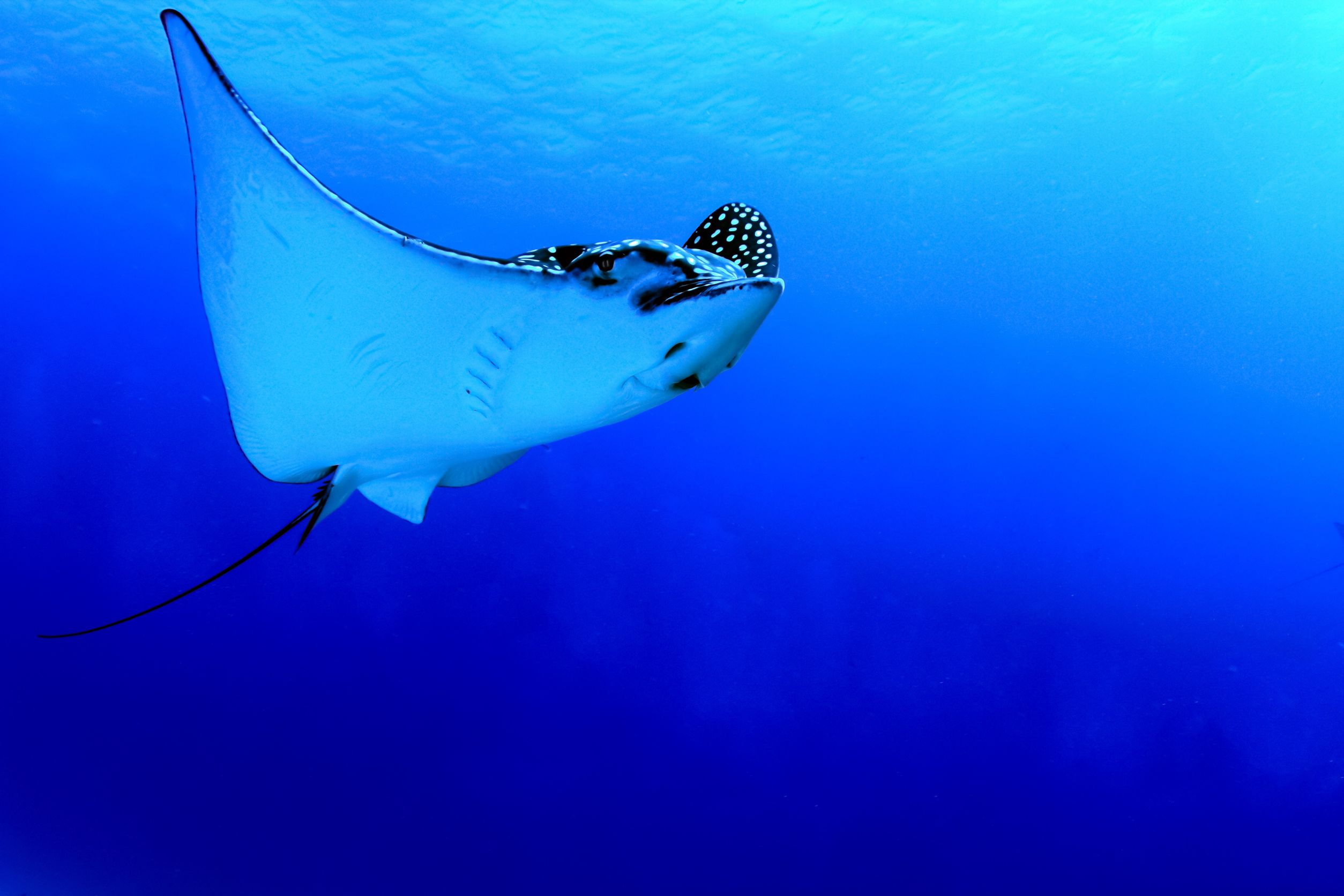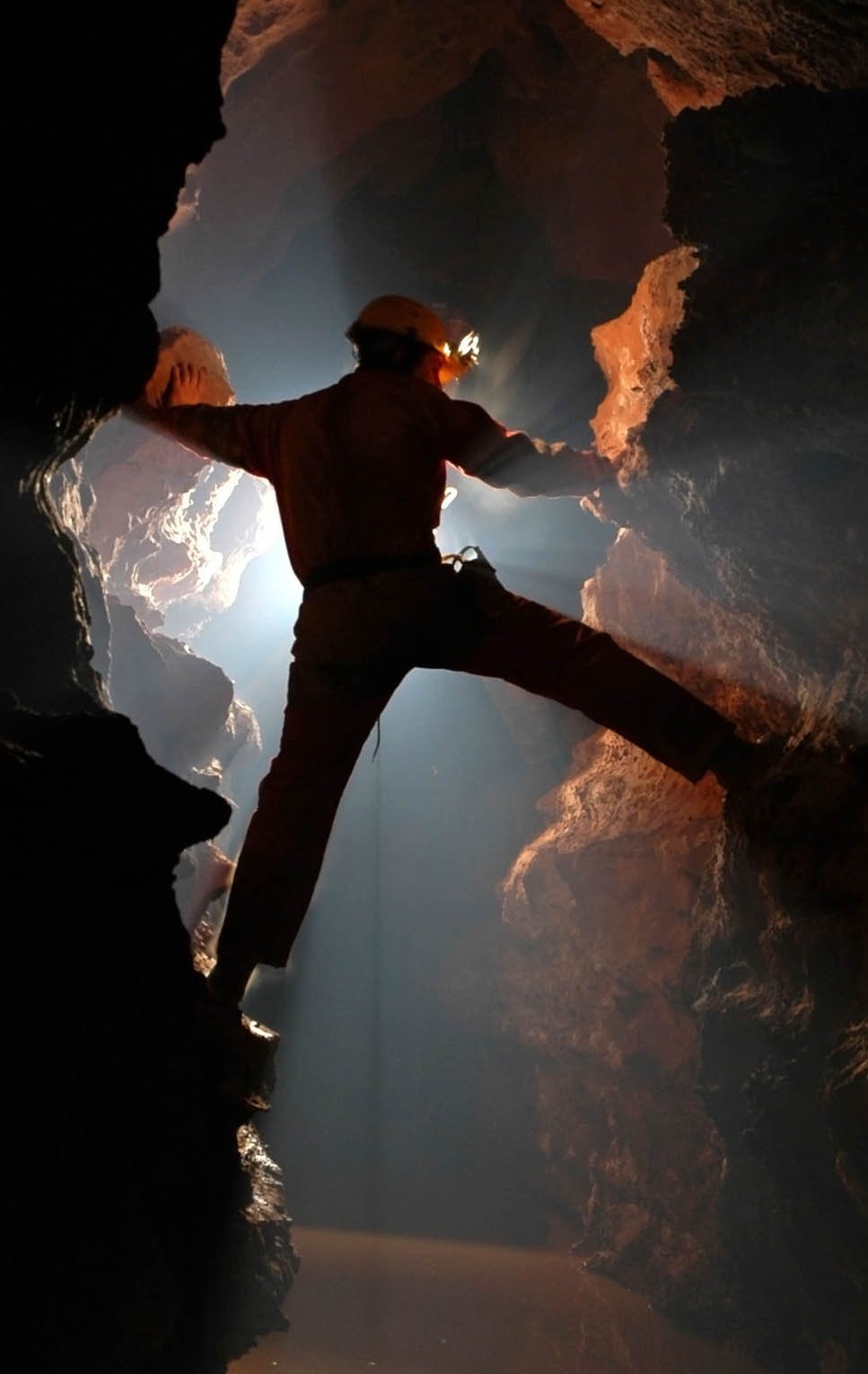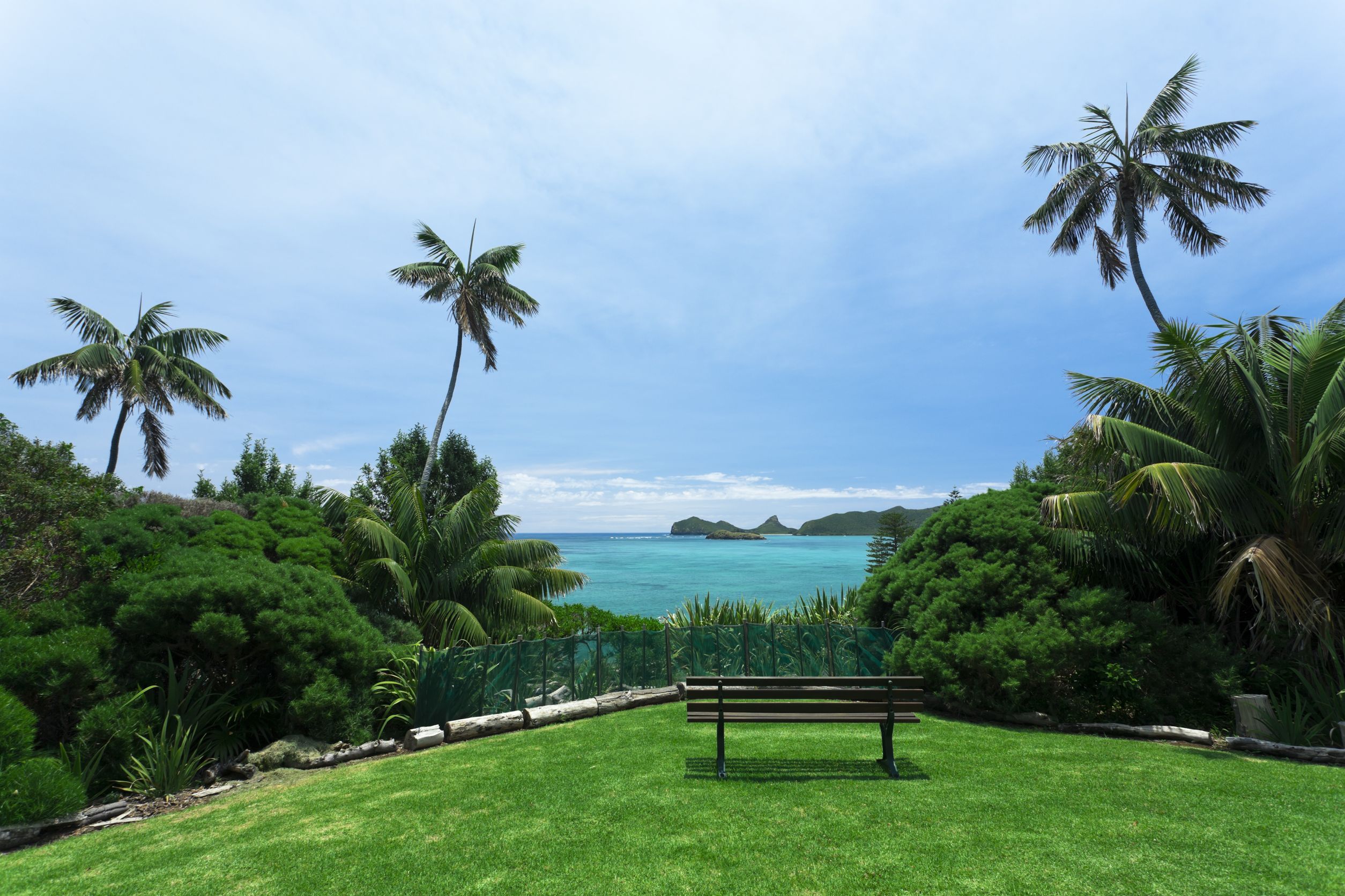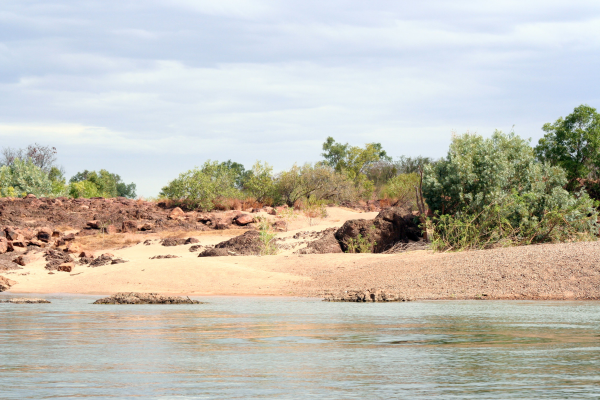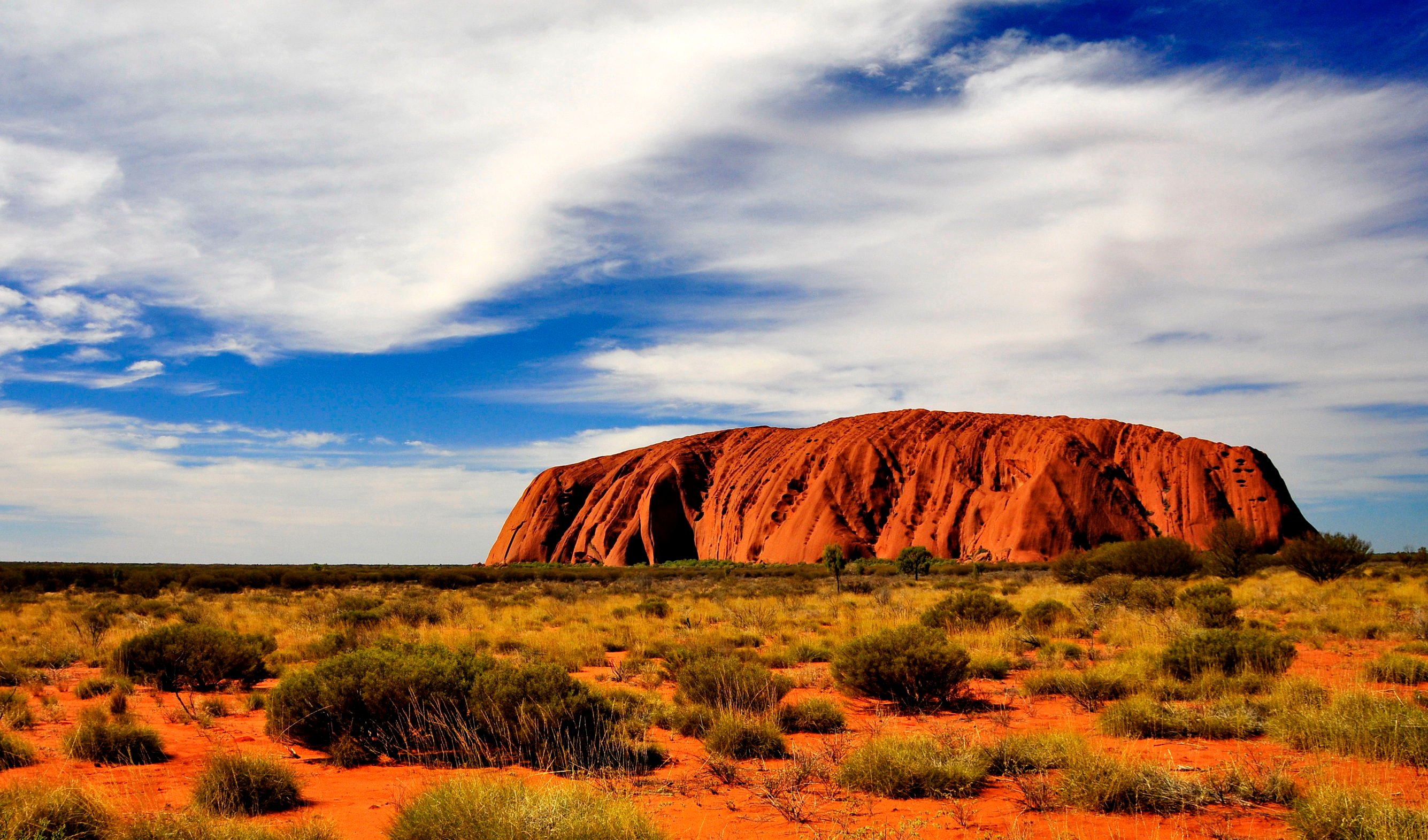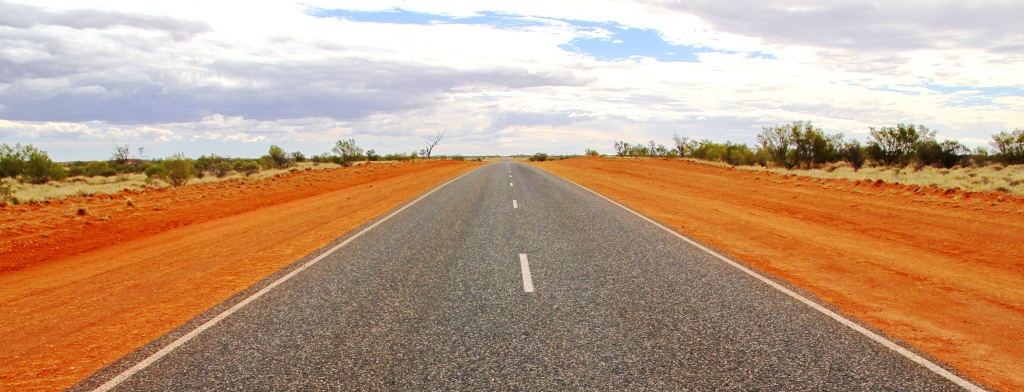By Kathryn Starkey, MD, and Molly Evans
We had a few days to kill, so we decided to head south - across the Tasman Sea - to Hobart, the capital city of Tasmania. We were a bit overwhelmed to learn that over 100,000 people call Hobart home; however, we soon realized that Hobart is more like a village than a big city. The old-world city streets, combined with the fact that we were staying in a 100-year-old refurbished horse stable, led us to believe this was no bustling metropolis.
We didn’t completely appreciate the incredible sustainable food and wine production on the island until we had the opportunity to visit Salamanca Place. What we found were a collection of old stone warehouses built by convicts in the 1800’s, all filled to the brim with purveyors of fine foods, local wines, baked goods, artisan cheeses and restaurants. Local fishmongers sold their goods from Victoria dock, which we soon discovered was the center of the waterfront activity.
Every Saturday, the Salamanca Market is in full swing. There are over a 250 stalls that line the streets; each specializes in Tasmanian produce, honey, jams, wool products, wood-fired baked bread, cheeses, wood crafts and every form of the Tasmanian Devil known to the artistic mind. Our first day at the market, we enjoyed an egg and bacon roll with what the locals call, “the lot." The Aussie "Brekkie" sandwich included egg, ¼ lb of ham, grilled tomato, cheese, mushroom and a sauce of your choice all on a massive toasted, buttered roll. Yummy!
Later, we visited the Tassal Salmon Company - a beautiful store filled with farm-raised, fresh and smoked salmon. They conduct cooking demonstrations a few days a week throughout the year. It’s a great way to learn new ways to prepare salmon and enjoy a free lunch, too.
Our visit wouldn’t have been complete without a trip to Hobart’s own distillery and brewery, Lark Distillery. Known for its exceptional barrel-aged, single malt whiskey and its unique Tasmanian Bush Liqueur, Lark isn't alone on the island. There's Cascade Brewery, which is Australia’s oldest continuously operating brewery. Needless to say, we employed a few cold ones to wash back that smoked salmon.
Although we couldn't stay more than a week, the locals reminded us that summer would soon be there, and so, too, another bounty of great food. At the end of December, Hobart plays host to a seven day “Taste Festival” which coincides with the famous Sydney to Hobart Yacht Race.
By far, this has been our favorite place to visit. The locals constantly remind us that Tasmania is “a world apart, but not a world away.” We welcome company to latitude 40-44 degrees south. Cheers!
Dr. Kathy Starkey, an OB/GYN, and her partner, Molly Evans, have chosen locum tenens as a permanent lifestyle. Their adventures have taken them to New Zealand's North and South Islands, the Caymans, Western Australia (twice) and the small Australian state of Tasmania. They're such great storytellers that they appear in our blog often, so watch right here for more amazing tales from Down Under and beyond.



 Back
Back
